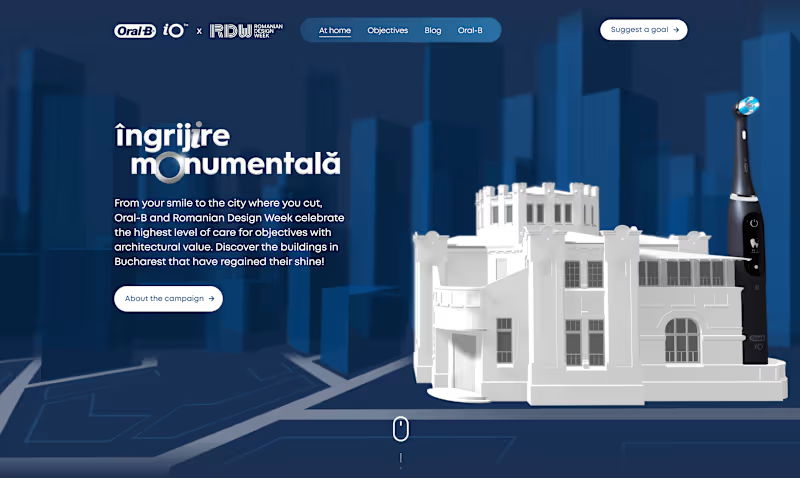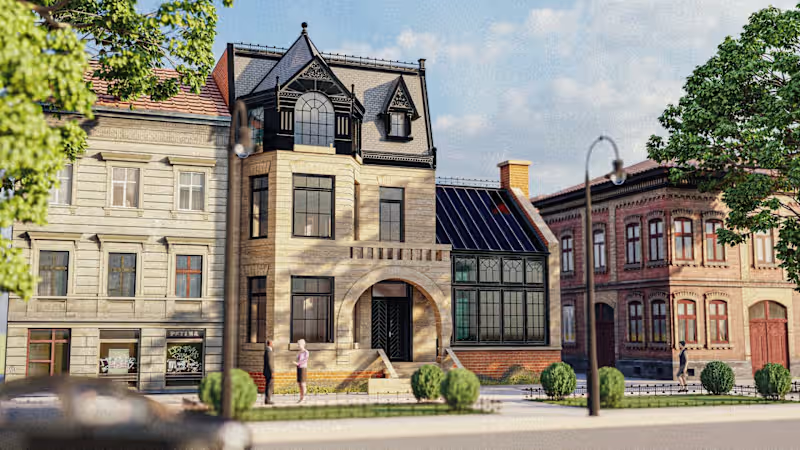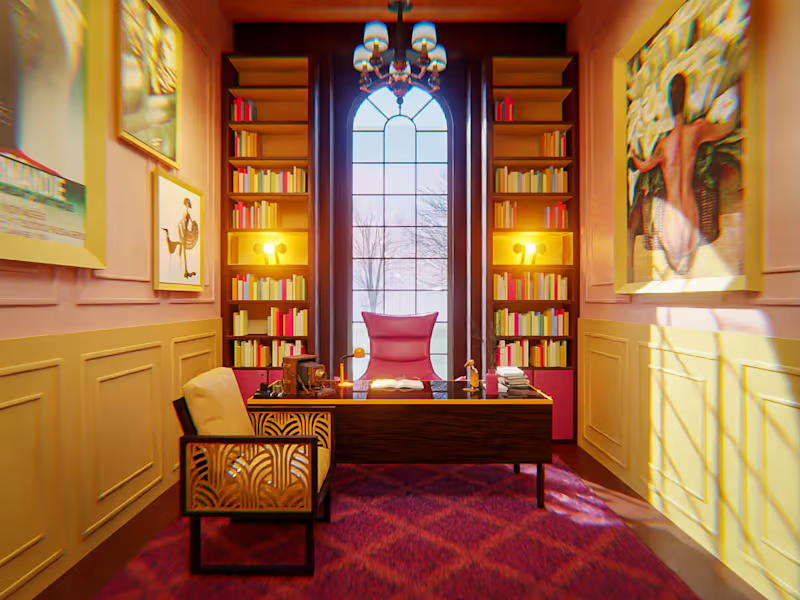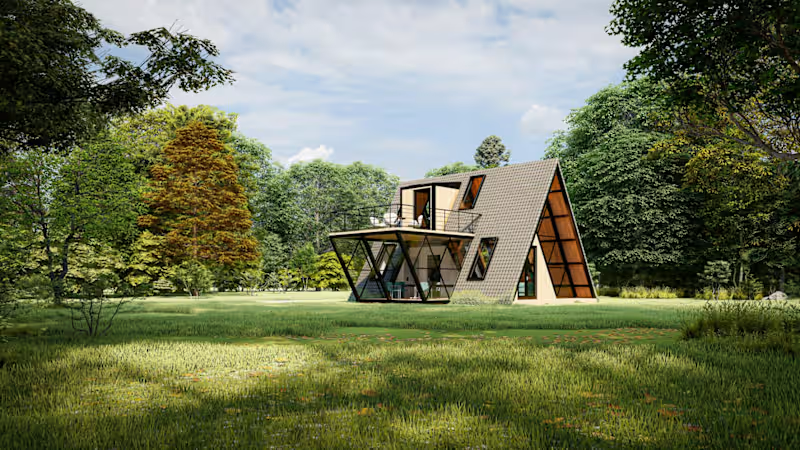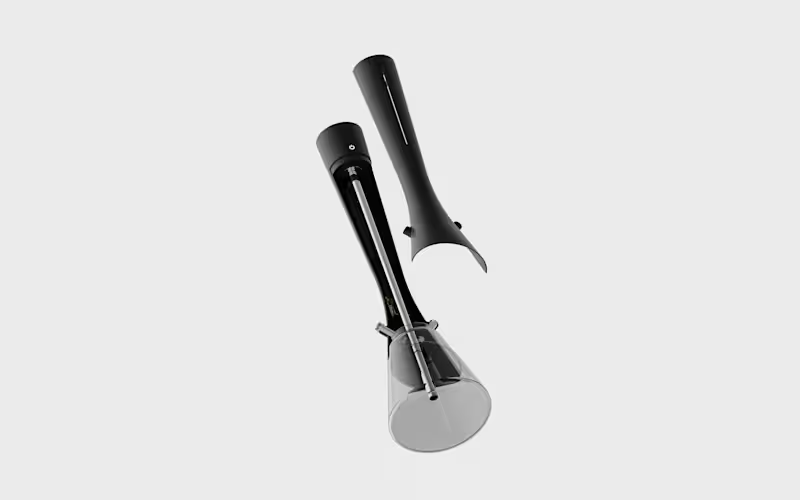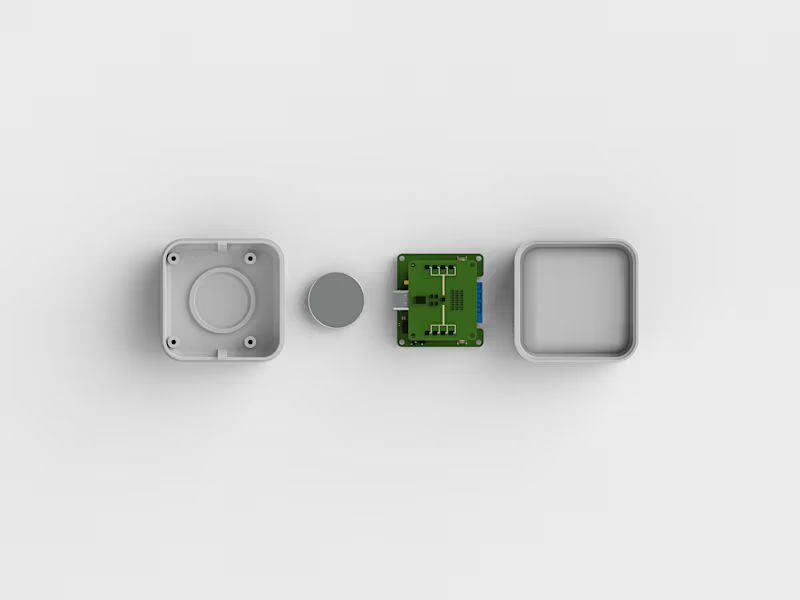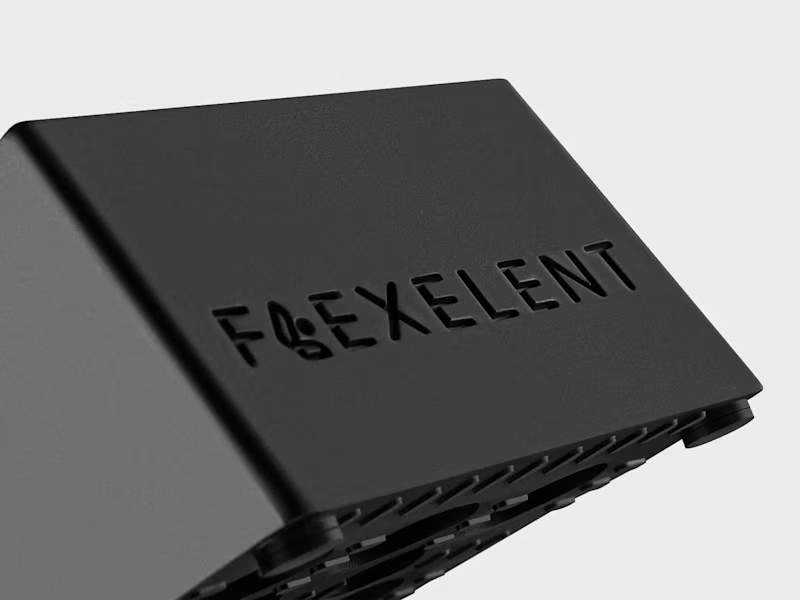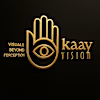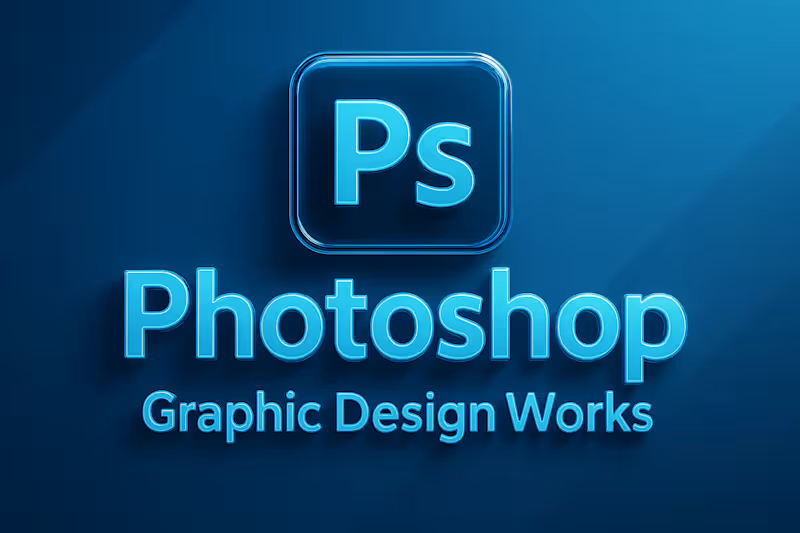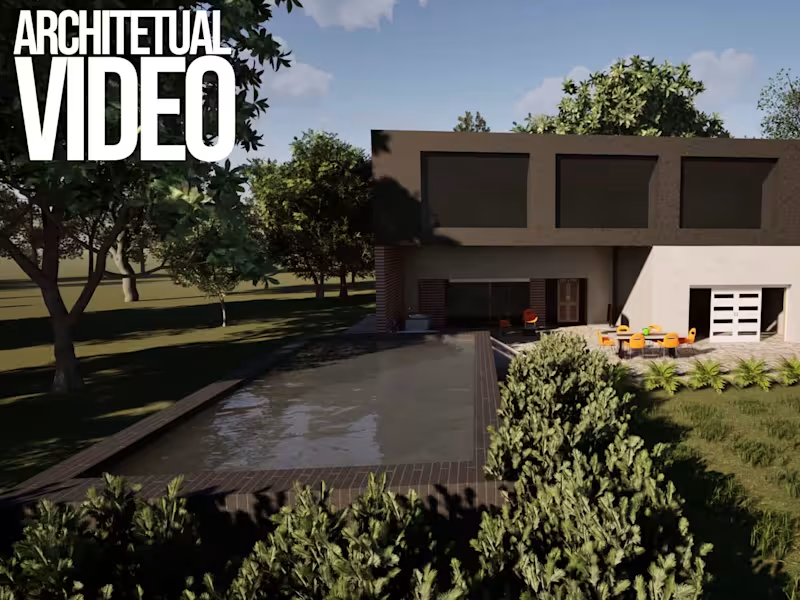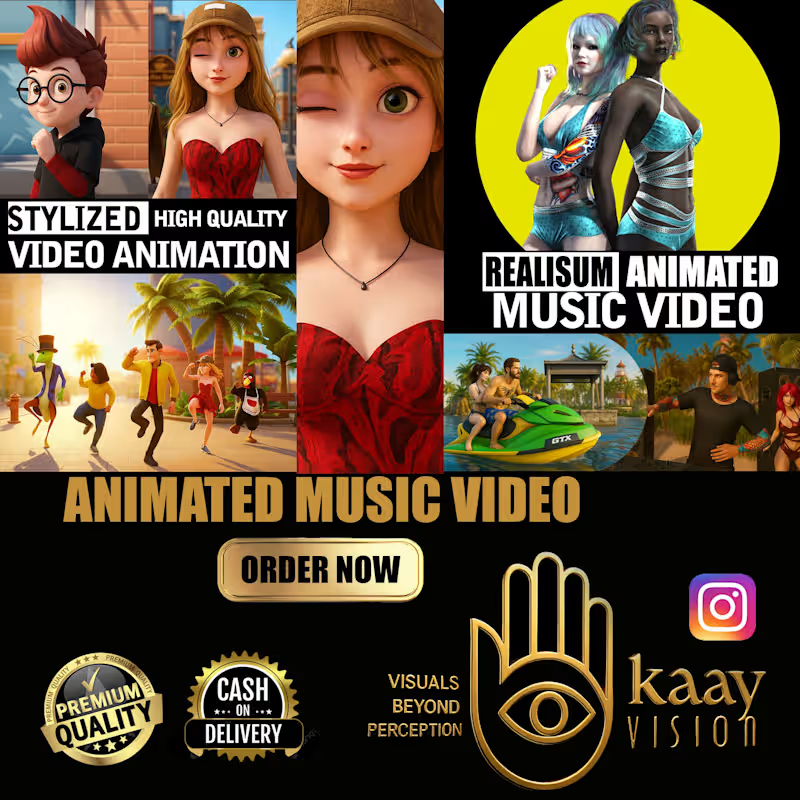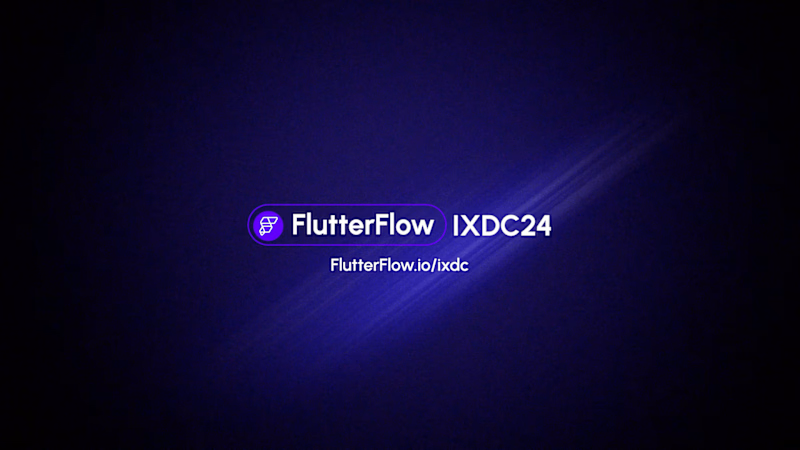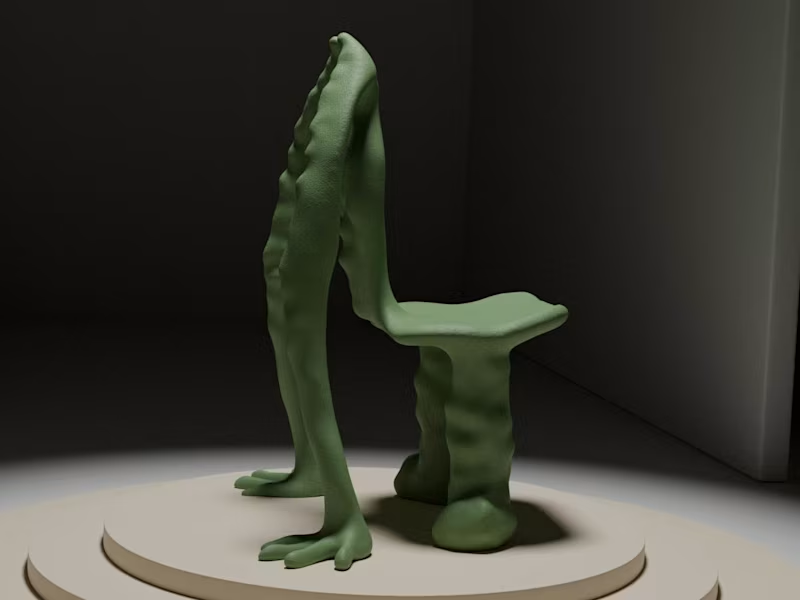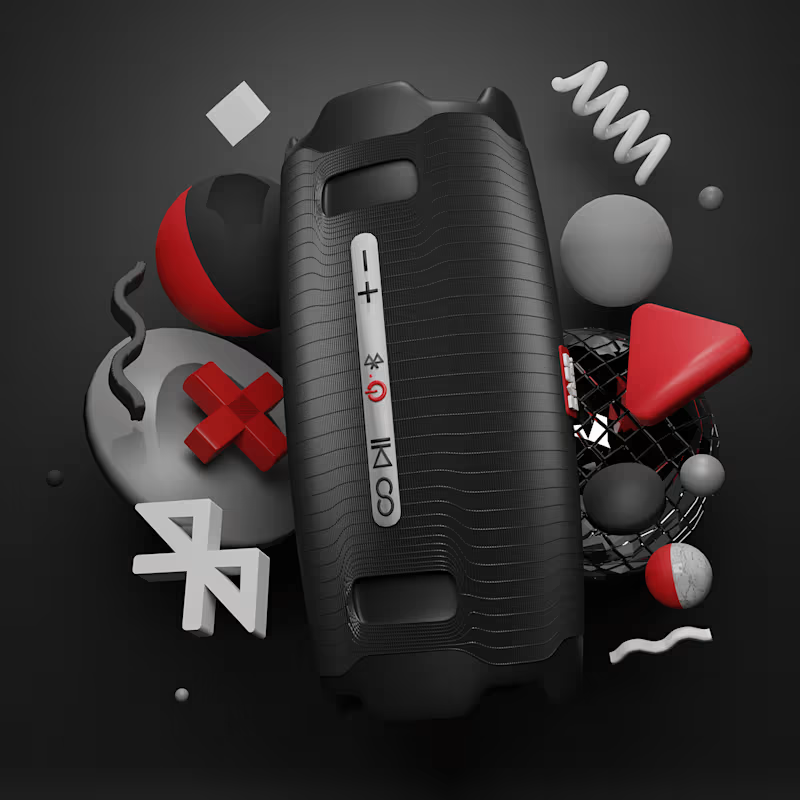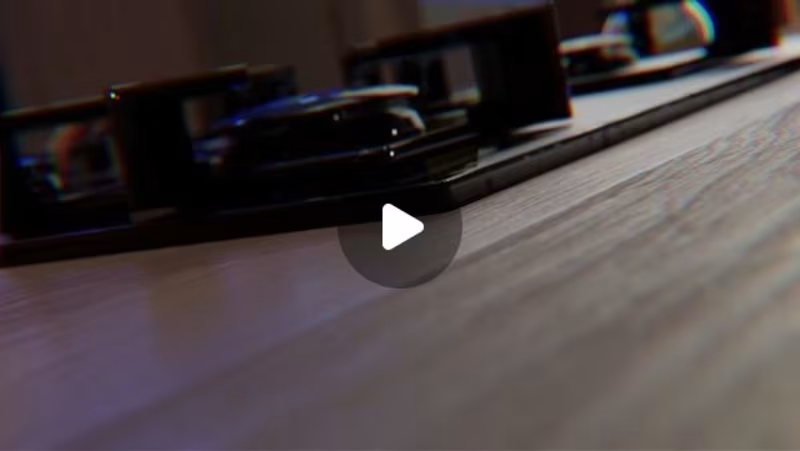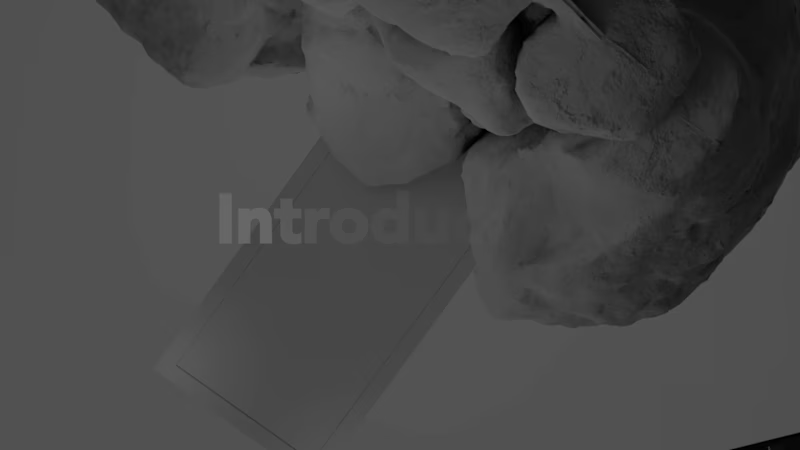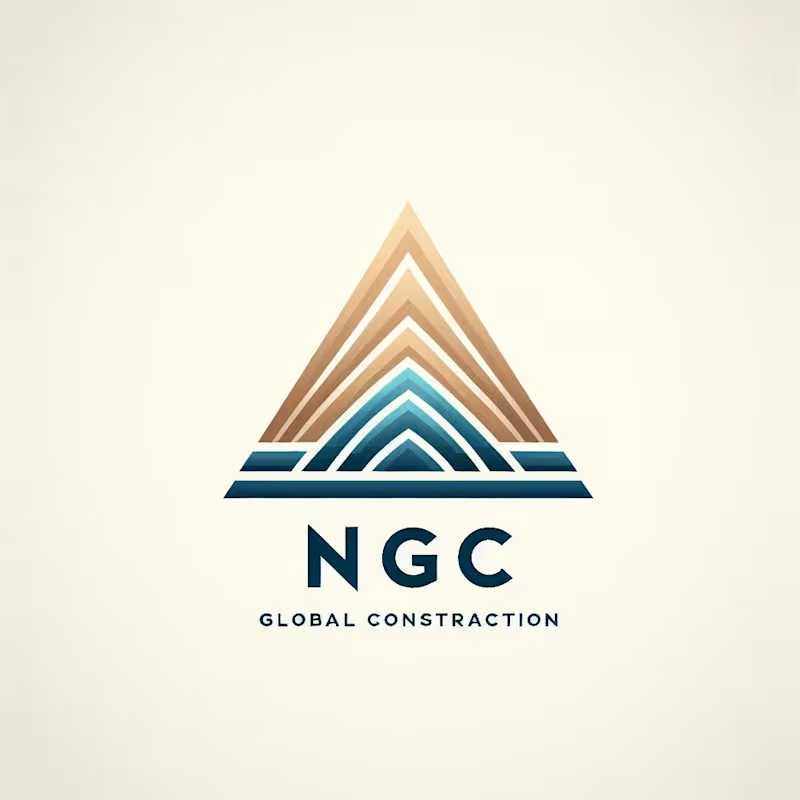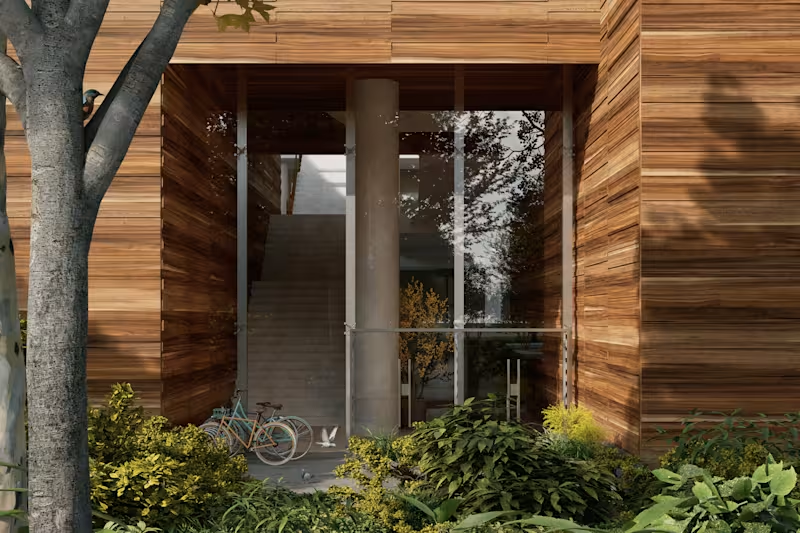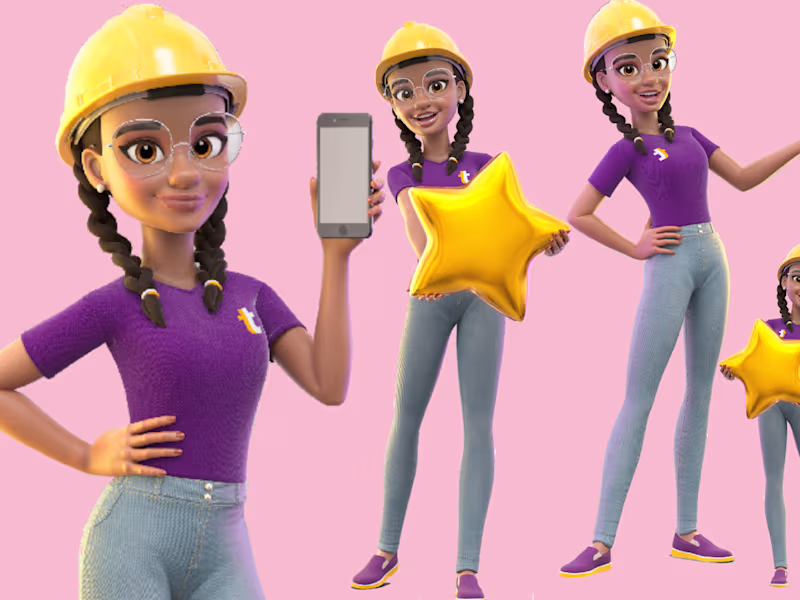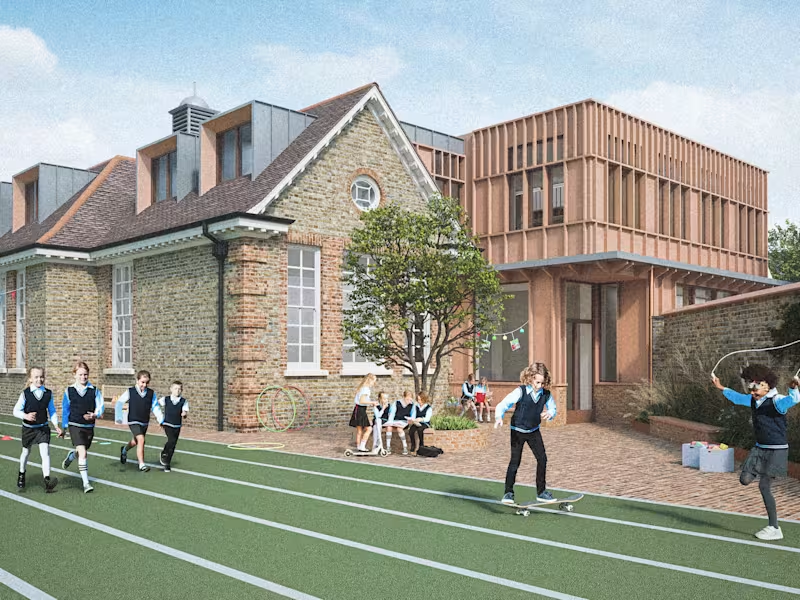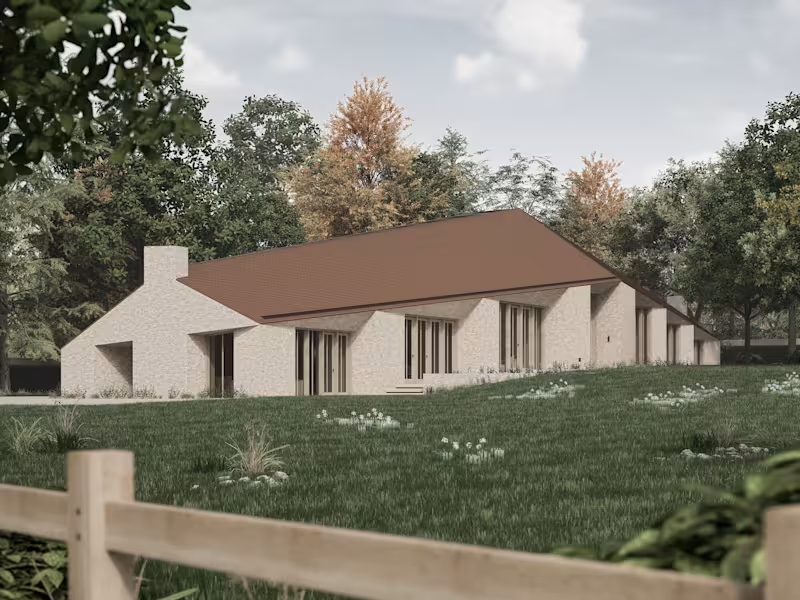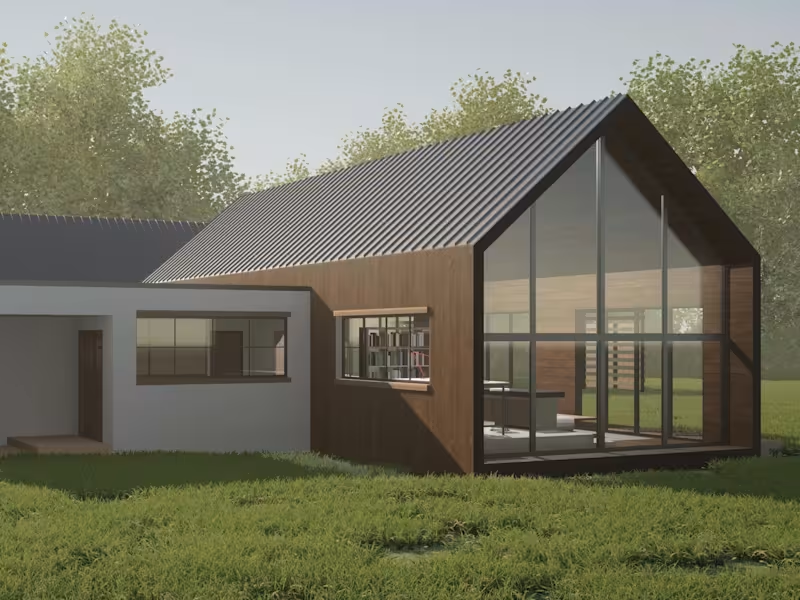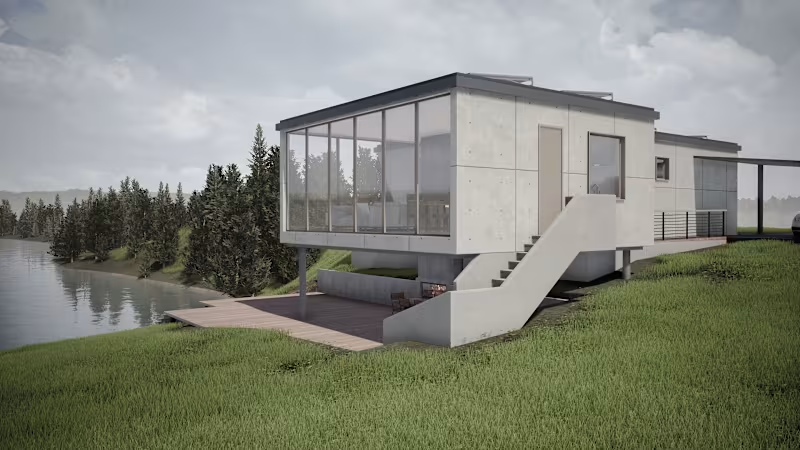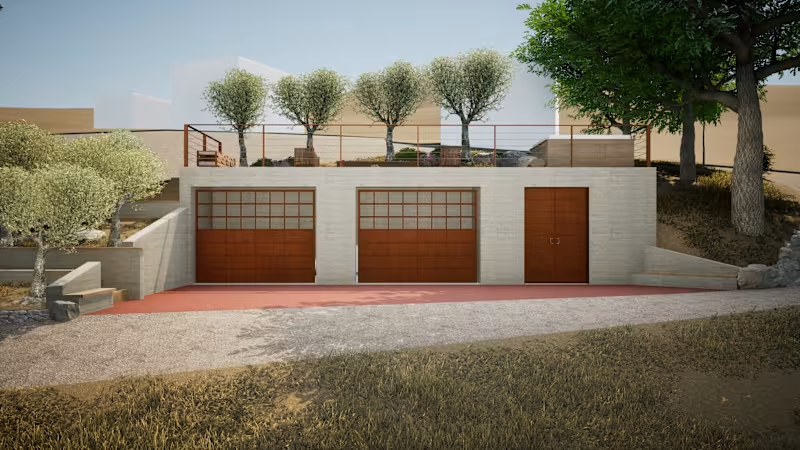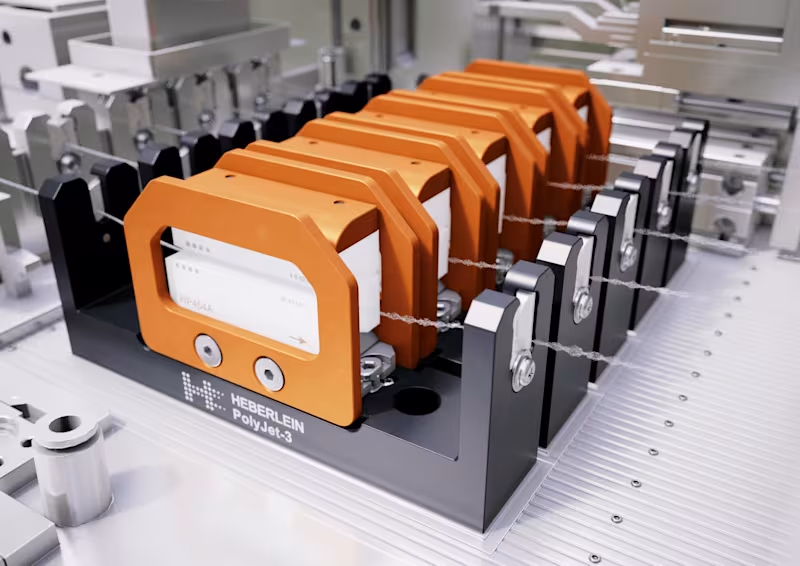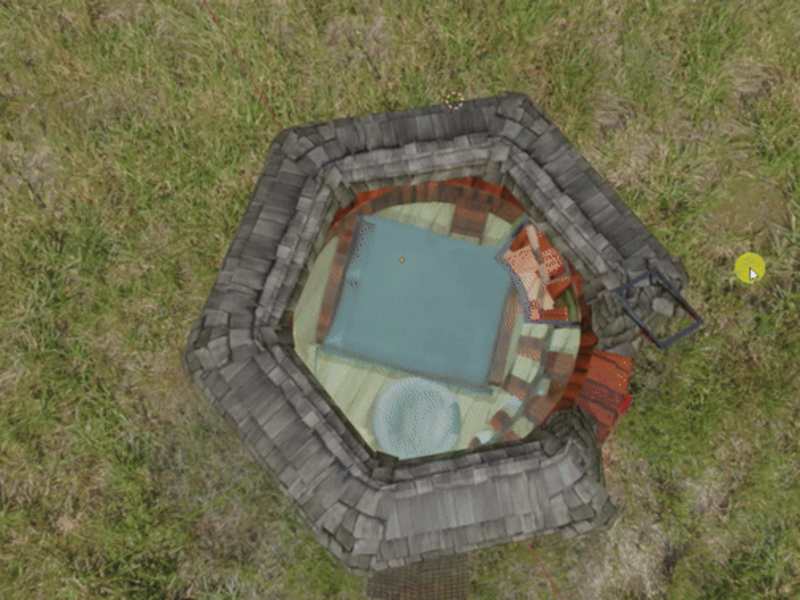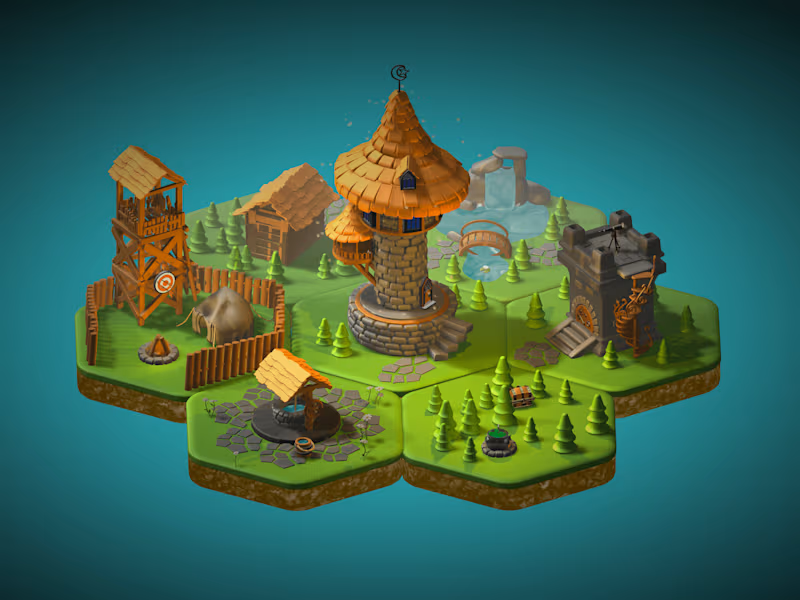What style of 3D modeling do you need for your project?
Determine if you need organic, architectural, or hard surface modeling. Each style requires different skills and tools. Knowing this will help you find a modeler who specializes in what you need.
What is the scope of your 3D modeling project?
Define what you want the freelancer to create for you. This includes the number of models, the level of detail, and any specific features. Clear project scope helps everyone know what to expect.
Do you need the 3D models to be animated?
Decide if you need the models to move or perform actions. Some modelers specialize in static models, while others are skilled in animation. Knowing this helps you hire the right expert.
What software should the freelance 3D modeler use?
Identify if you need specific software like Blender, Maya, or 3ds Max. Different projects may need different tools. This will ensure compatibility with your existing systems or preferences.
What format should the final 3D models be delivered in?
Determine if you need OBJ, FBX, STL, or another file format. The format can affect how easily you can use or edit the models later. Establishing this upfront avoids conversion issues.
What is your timeline for the 3D modeling project?
Set a deadline for when you need the project completed. Consider the complexity of the models and potential revisions needed. This helps in planning and ensures timely delivery.
Do you have reference images or existing models?
Provide any visual references or models that the freelancer can use. This helps them understand the expected outcome and style. References make the briefing process smoother and more effective.
How will you provide feedback during the project?
Decide on a method for sharing thoughts and revisions. Frequent check-ins can ensure the project stays on track. It also gives the modeler a chance to make adjustments as needed.
Do you need the models optimized for performance?
Consider if your models need to be low-poly for use in games or VR. Optimization is important in making sure the models perform well in different environments. Discuss this need early with the modeler.
Who is Contra for?
Contra is designed for both freelancers (referred to as "independents") and clients. Freelancers can showcase their work, connect with clients, and manage projects commission-free. Clients can discover and hire top freelance talent for their projects.
What is the vision of Contra?
Contra aims to revolutionize the world of work by providing an all-in-one platform that empowers freelancers and clients to connect and collaborate seamlessly, eliminating traditional barriers and commission fees.
- 1x
- Hired
- 5.0
- Rating
- 18
- Followers






























